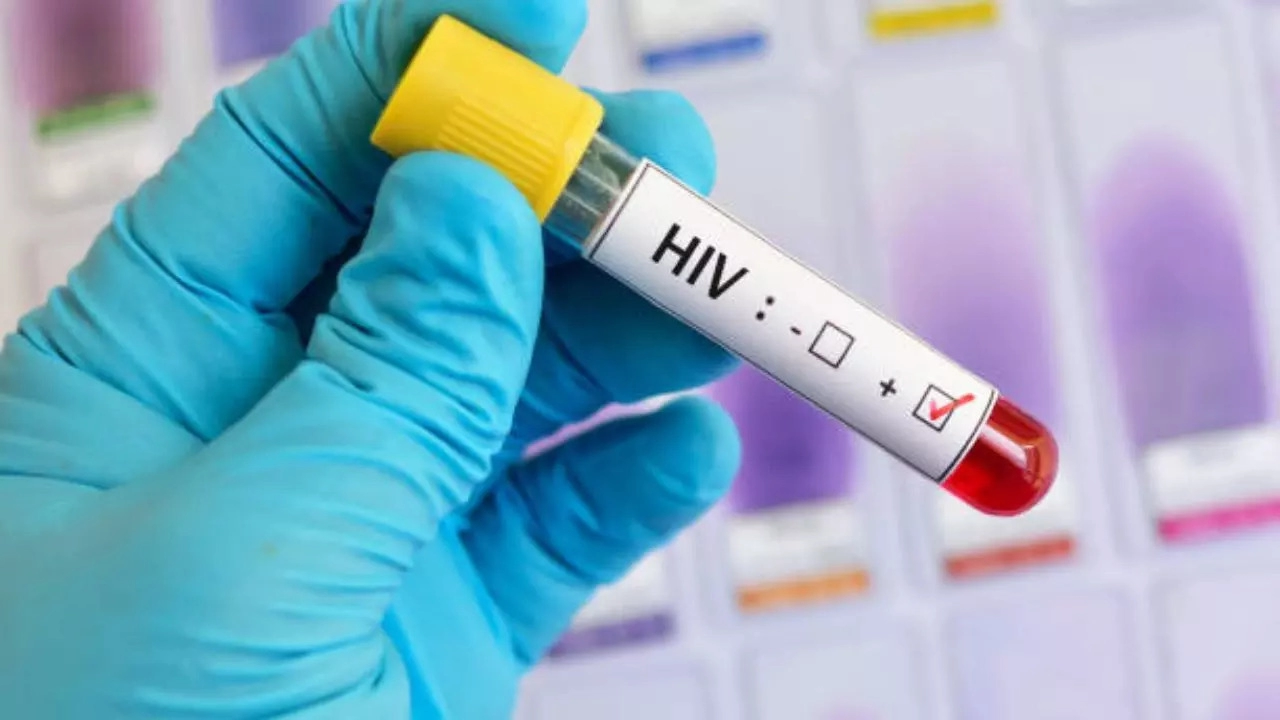Pallavi Mehra • 23 Aug 2024
Pune's Pimpri-Chinchwad Reports Three-Fold Rise In HIV-AIDS Cases - Symptoms To Watch Out For

Pune's Pimpri-Chinchwad Reports Three-Fold Rise In HIV-AIDS Cases (Image Credits: iStock)
Acquired immunodeficiency syndrome (AIDS), is a chronic condition which is caused by the human immunodeficiency virus, also called HIV. As per research, HIV damages the immune system so that the body is not able to fight infection and disease.
As per the latest Environment Status Report, the Pimpri-Chinchwad Municipal Corporation (PCMC) has reported a rise in HIV-AIDS cases within a span of three years. The PCMC in 2020-2021 recorded 199 HIV-AIDS cases, which in 2021-2022 rose to 220, and in 2022-2023 to 606. However, the report shows a sharp decline in sexually transmitted diseases (STDs) during the same period. In 2020-2021, 1,460 cases of STDs were recorded which rose to 1,987 in 2021-2022 and fell to a mere 18 in 2022-2023.
As per health officials, the large number of migrants of reproductive age is the reason behind the increased number of HIV cases. Awareness and targeted screening have helped health experts in the early identification of HIV cases. So what are the signs and symptoms of HIV-AIDS?
Symptoms Of HIV-AIDS
As per experts, some people infected by HIV get a flu-like illness within 2 to 4 weeks after the virus enters the body. This stage may last a few days to several weeks. Meanwhile, some people have no symptoms during this stage.
Possible symptoms include:
- Fever.
- Headache.
- Muscle aches and joint pain.
- Rash.
- Sore throat and painful mouth sores.
- Swollen lymph glands, also called nodes, mainly on the neck.
- Diarrhea.
- Weight loss.
- Cough.
- Night sweats.
How Is HIV-AIDS Transmitted?
HIV is primarily transmitted through:
- Unprotected sexual contact with an infected person.
- Sharing needles or syringes with someone who has HIV.
- Receiving contaminated blood products or organ transplants.
- From mother to child during pregnancy, childbirth, or breastfeeding.
Stages Of HIV-AIDS
HIV infection progresses through several stages, each with distinct characteristics:
1. Acute HIV Infection (Acute Retroviral Syndrome)
- Timeframe: 2 to 4 weeks after exposure.
- Symptoms: Some people may develop flu-like symptoms, including fever, headache, muscle aches, rash, sore throat, swollen lymph nodes, and night sweats.
2. Chronic HIV Infection (Clinical Latency Stage)
- Timeframe: Can last for several years.
- Symptoms: Often asymptomatic, though some may experience mild symptoms. The virus continues to multiply but at lower levels. Without treatment, the infection will eventually progress.
3. AIDS (Acquired Immunodeficiency Syndrome)
- Timeframe: Can develop if HIV is not treated, typically 10-15 years after the initial infection.
- Symptoms: Severe immune system damage, making the body vulnerable to infections and cancers. Symptoms may include rapid weight loss, recurring fever, extreme fatigue, prolonged swelling of the lymph glands, and chronic diarrhoea.
Ways To Reduce Risk Of HIV-AIDS
Experts recommend the following measures to reduce the risk of HIV-AIDS. These include:
- Use latex condoms (rubbers) whenever you have any type of sex (vaginal, anal or oral).
- Don't use condoms made from animal products (like lambskin).
- Use water-based lubricants (lotion).
- Never share needles to take drugs.
- Get tested and treated for other STIs. Other STIs can put you at higher risk for an HIV infection.
Get Latest News Live on Times Now along with Breaking News and Top Headlines from Health and around the world.